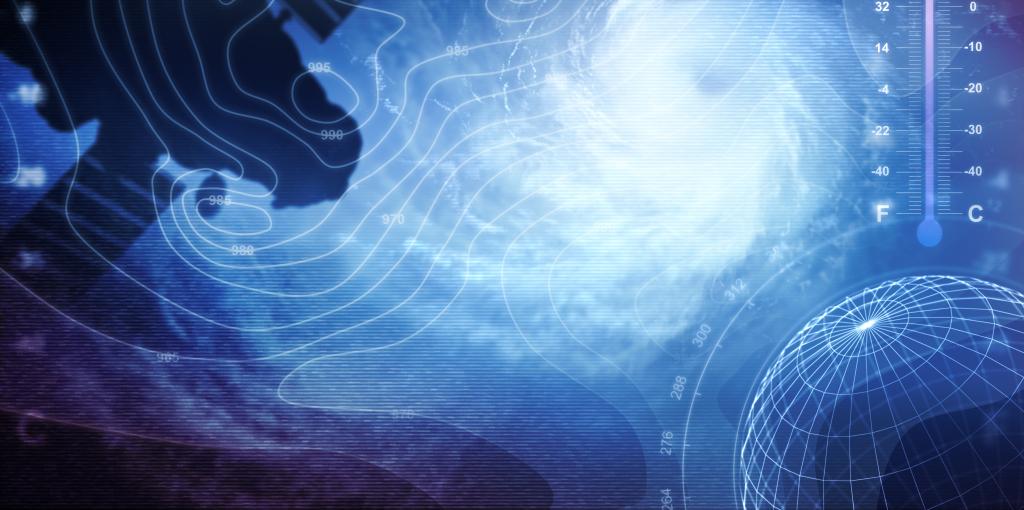Upcoming Events
CSER Webiner Series: Learn about the future of air quality modeling
Nov 13, 2025, 4:00 - 5:00 PM
Virtual

How do diesel trucks, wildfires, and power plants shape the air we breathe—and what role could carbon capture technology play in improving it? In this fascinating presentation, Allison Ring from the University of Maryland’s Department of Atmospheric and Oceanic Science will explore cutting-edge research on ozone and particulate matter formation in the Mid-Atlantic region. Using advanced air quality modeling tools, her team investigates the complex drivers behind ozone exceedance events and examines how emerging Point Source Carbon Capture (PSCC) technologies could reshape pollution patterns across the U.S.
Whether you’re a researcher, policymaker, or simply curious about the intersection of climate technology and clean air, this talk offers a compelling look at how science is informing the next generation of environmental solutions. Don’t miss this opportunity to learn, connect, and discuss future collaborations in air quality modeling
REGISTER NOW
Abstract:
Modeling Air Quality: Ozone, Particulate Matter, and the Role of Carbon Capture Over the past several decades, the drivers of air quality issues have evolved considerably. In the past, ozone exceedance events were widespread, affecting large portions of the U.S. East Coast with well-understood causes. Today, however, the factors contributing to these events have become increasingly complex and region-specific. In this presentation, we will highlight ongoing research within the Department of Atmospheric and Oceanic Science at the University of Maryland focused on understanding ozone formation in the Maryland region. Our ozone analysis uses the Comprehensive Air Quality Model with Extensions CAMx regulatory air quality model to perform Ozone Source Apportionment modeling across the Continental United States. By tagging emissions from all available sectors and states, we investigate the model-derived drivers of ozone exceedance days observed in Maryland during the 2016 ozone season.
Preliminary findings indicate notable impacts from diesel trucks, wildfires, and power plants. Additionally, we present an initial assessment of how implementing Point Source Carbon Capture (PSCC) technology at power plants could influence air quality. PSCC is expected to alter emissions of NOx, SOz, and certain VOCs, potentially reshaping patterns of ozone and particulate matter formation nationwide. Model simulations are used to explore these projected impacts. Finally, we will outline future modeling efforts planned for 2026 and 2027, including opportunities for collaboration with colleagues at GMU.
Bio:
Allison Ring earned her PhD in 2019 from the University of Maryland, where she focused on analyzing tropospheric ozone production in the Eastern United States using a combination of observational data, satellite retrievals, and air quality model platforms. She then pursued her postdoctoral research at the NOAA Air Resources Laboratory in College Park, MD, where she worked on developing an operational volcanic ash plume dispersion HYSPLIT modeling product. Following this, Ring returned to the University of Maryland as an Assistant Research Scientist in the Department of Atmospheric and Oceanic Science. In this role, she leads air quality modeling research for various applications, primarily utilizing large-scale US EPA regulatory models such as CMAQ and CAMx. Ring collaborates closely with a diverse group of partners, including the Maryland Department of the Environment, the US Department of Energy, and non-profit organizations. Her work focuses on exploring chemical mechanism improvements, conducting ozone source apportionment studies, policy relevant modeling, and examining the air quality impacts of point-source carbon capture technologies and data centers.
